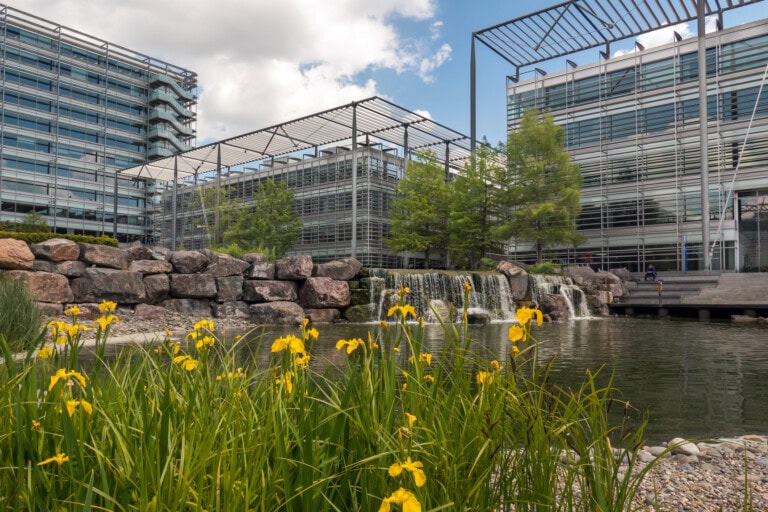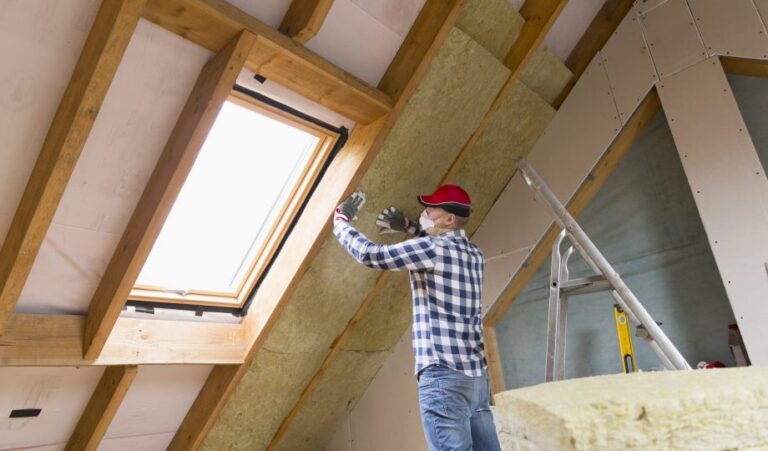Financing energy efficient buildings: The path to retrofit at scale

As citizens, governments and economies respond to the immediate impacts of the Covid-19 pandemic, our planet and its inhabitants are still exposed to a longer-term existential threat: climate change.
While positive steps have been taken by governments, corporates and individuals to reduce greenhouse gas emissions – embodied by the landmark signing of the Paris Agreement in 2016 – giant leaps are required to achieve our net-zero carbon ambitions.
The transition to a net-zero economy is heavily reliant on the decarbonisation of our built environment – currently responsible for almost 30% of total UK emissions – and an estimated investment in excess of £65 billion is needed to retrofit our homes, with further investment required to scale up the supply chain and innovate new technologies.
While the building sector has significant potential to decarbonise and unlock wider benefits across the economy, from energy savings that increase consumer spending power, healthier homes that reduce the burden on our health system, and the creation of new skilled jobs that can help stimulate the UK’s economic recovery, there is a growing recognition that the financial system needs to play a critical role in deploying this investment.
Identifying the decision makers and their barriers
Across the three main housing tenures – owner occupied, private rented and social rented – there are distinct decision makers with specific barriers to investing in energy efficiency improvements. For example, homeowners are typically responsible for investment decisions in the owner-occupier sector, and yet their financial position varies from highly leveraged first-time buyers to outright owners with significant savings. Meanwhile, in the private and social-rented sectors the decision-making power invariably lies with the landlord.
While many of the barriers are common across the entire market – such as limited consumer awareness and education on energy efficiency, the hassle and complexity of retrofit projects, and a shortage of reliable and accessible data – there are specific challenges that impact different sectors, as outlined below:
- Owner-occupiers can be deterred by lengthy and uncertain payback periods on energy efficiency investments, in addition to a limited selection of attractive finance options
- Private renters and landlords experience a split incentive (i.e. landlords have minimal motive to retrofit their properties, as energy savings often accrue to the tenants) and awareness of Minimum Energy Efficiency Standards can be limited among smaller landlords
- Social housing providers and registered social landlords, who typically undertake large-scale retrofit projects, can be impacted by the underdeveloped supply chain and access to affordable funding.
The breadth of unique and distinct barriers highlights an important consideration: to deploy investment into decarbonising buildings at the pace and scale required, the solutions must be granular, bespoke and local.
Overcoming the barriers with financial innovation
In the journey towards a mature market for financing net-zero and climate-resilient homes, the design and development of new financial mechanisms that unlock the investment barriers, appeal to consumers, deliver commercial returns to financial institutions, and can be scaled to form part of the long-term finance landscape, is critical.
A collaborative environment, drawing on expertise along the entire value chain, will allow the necessary level of financial innovation; to this end, in 2019 the Green Finance Institute established the Coalition for the Energy Efficiency of Buildings.
The Coalition has since profiled target markets, identified their investment barriers and co-designed a portfolio of 21 financial ‘demonstrator’ solutions that meet the criteria above. A few examples would be:
- Property Assessed Clean Energy (PACE) financing that overcomes the payback challenge by linking the retrofit loan to the property, rather than the individual, and is a successfully proven model in the United States, the EU, and Australia
- Green Leases to break down the landlord-tenant split incentive, offering a mechanism for landlords and tenants to both benefit from the cost savings delivered by energy efficiency improvements
- Building Renovation Passports to provide a bespoke and long-term renovation plan to decision-makers across all housing tenures, creating a link with the supply chain and finance providers.
A full report on the first phase of the Coalition’s work was published this week, offering a valuable roadmap for those directly involved or interested in the net-zero building agenda.
Maintaining momentum, mainstreaming the market
The Green Finance Institute and its Coalition members are now embarking on the second phase of the journey – to develop, pilot, scale and mainstream the demonstrator projects. The commitment to deliver innovative solutions with a real-economy impact is testament to the vision of every Coalition member and the power of collaboration.
UKGBC’s Jenny Holland chaired the Owner-Occupier working group of the CEEB, which researched and identified the key barriers to energy efficiency investment and recommended possible financial solutions. These solutions feature in the Green Finance Institute’s report, which can be downloaded here.
Related
Storms, climate change and how we make our cities resilient

Sustainable Construction for the Sustainable Development Goals

Fixing the Competency Gap: Moving Beyond Qualifications in Domestic Retrofit

UKGBC Members visit Coal House in Cardiff

